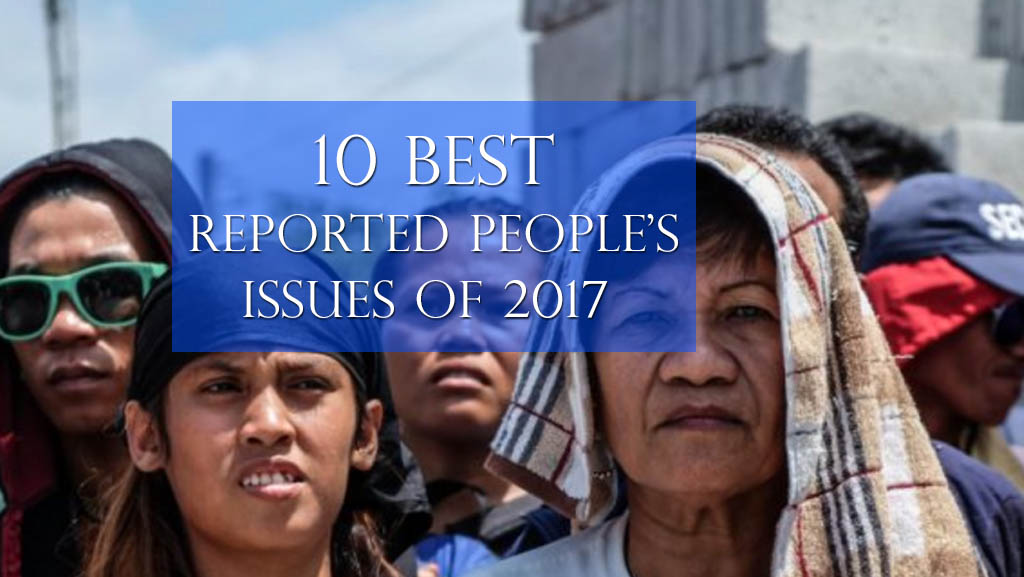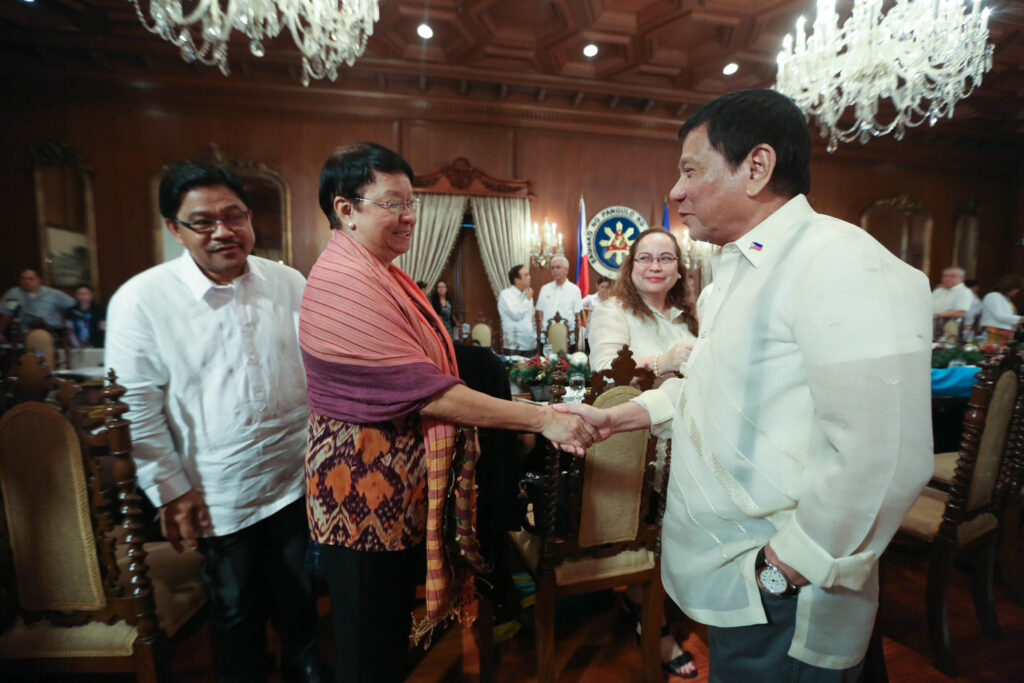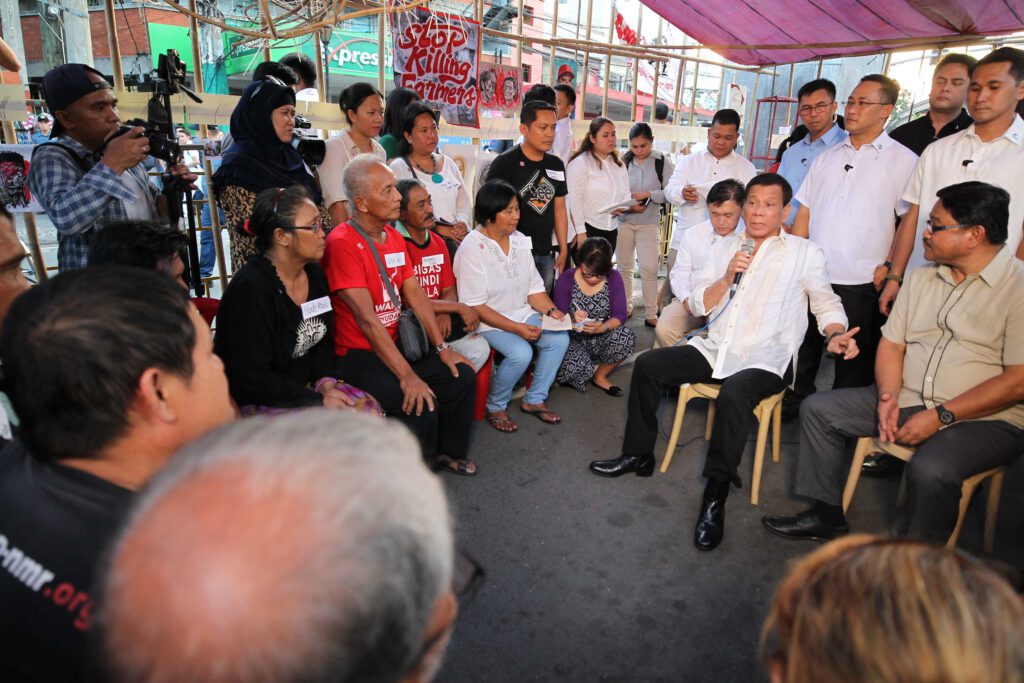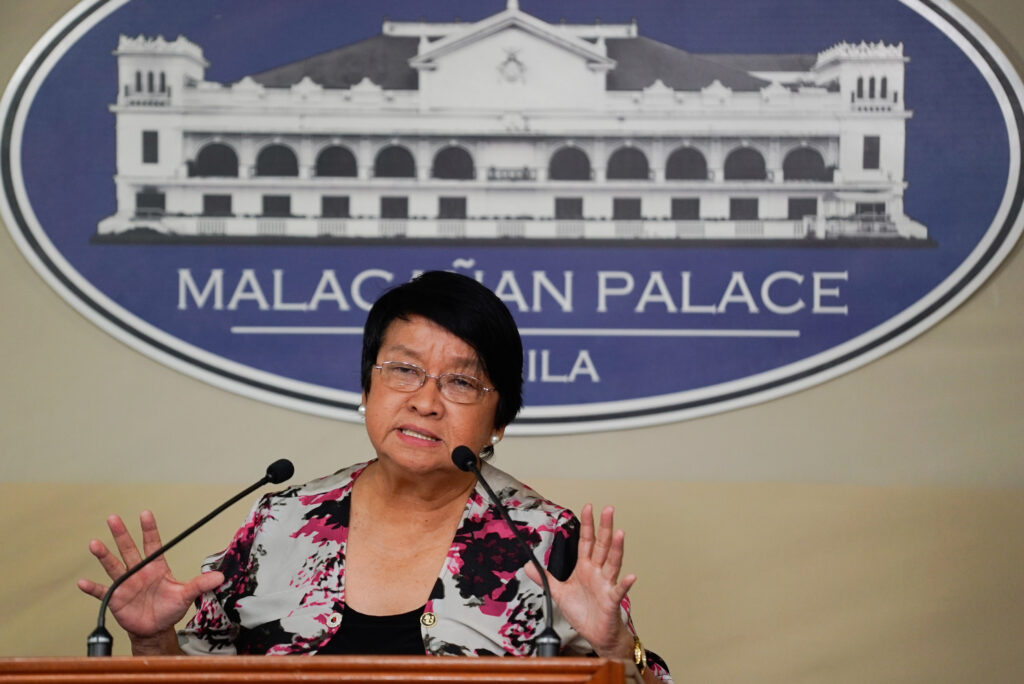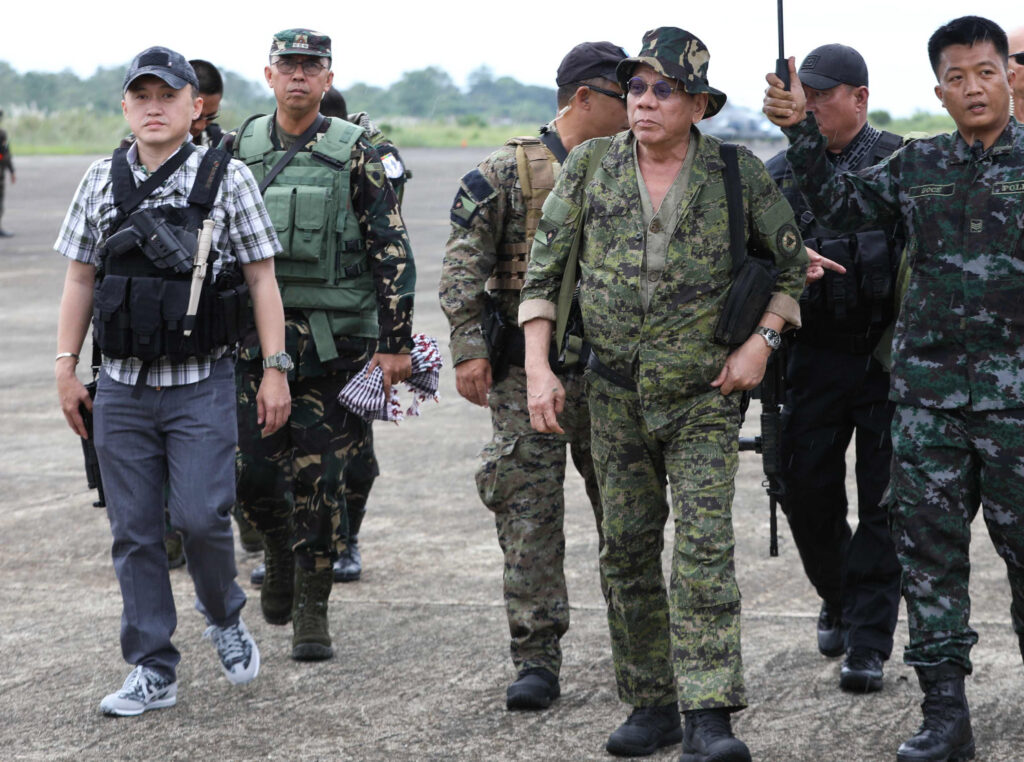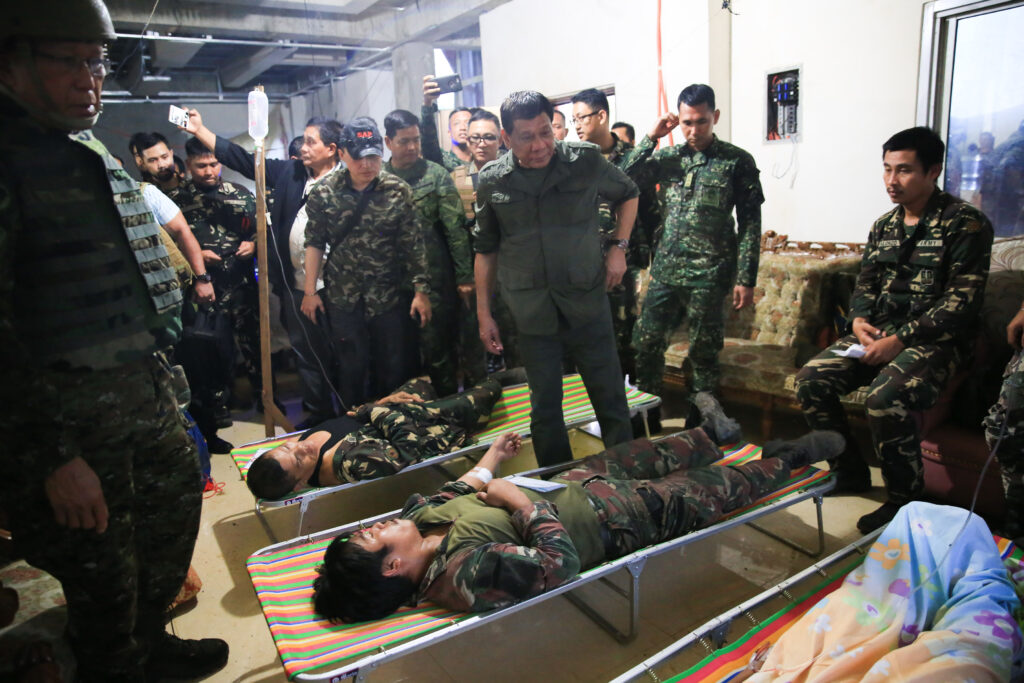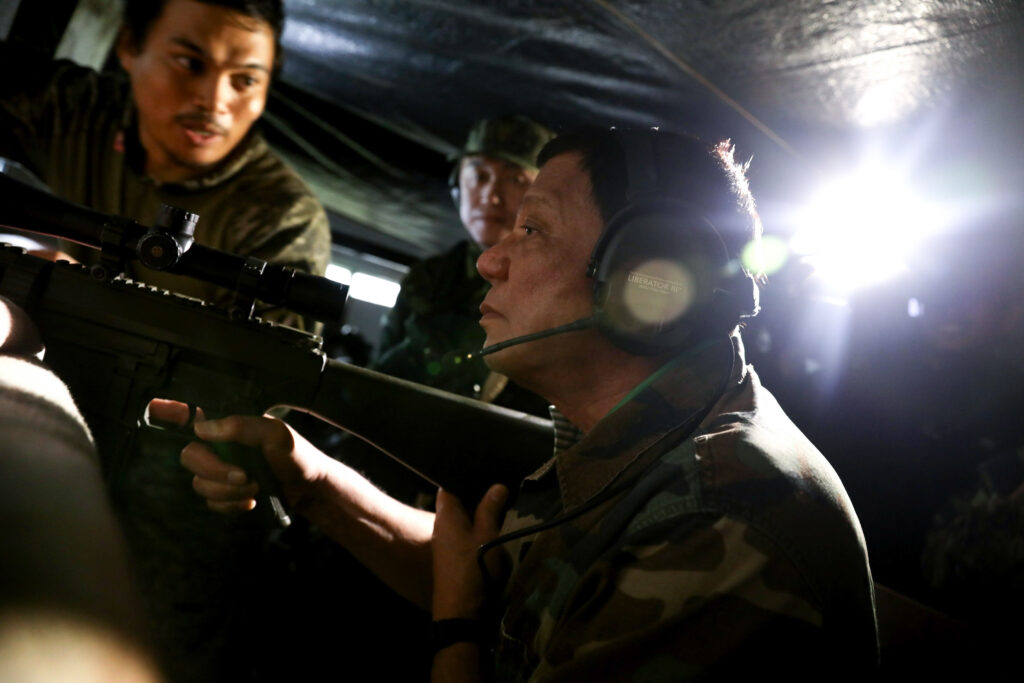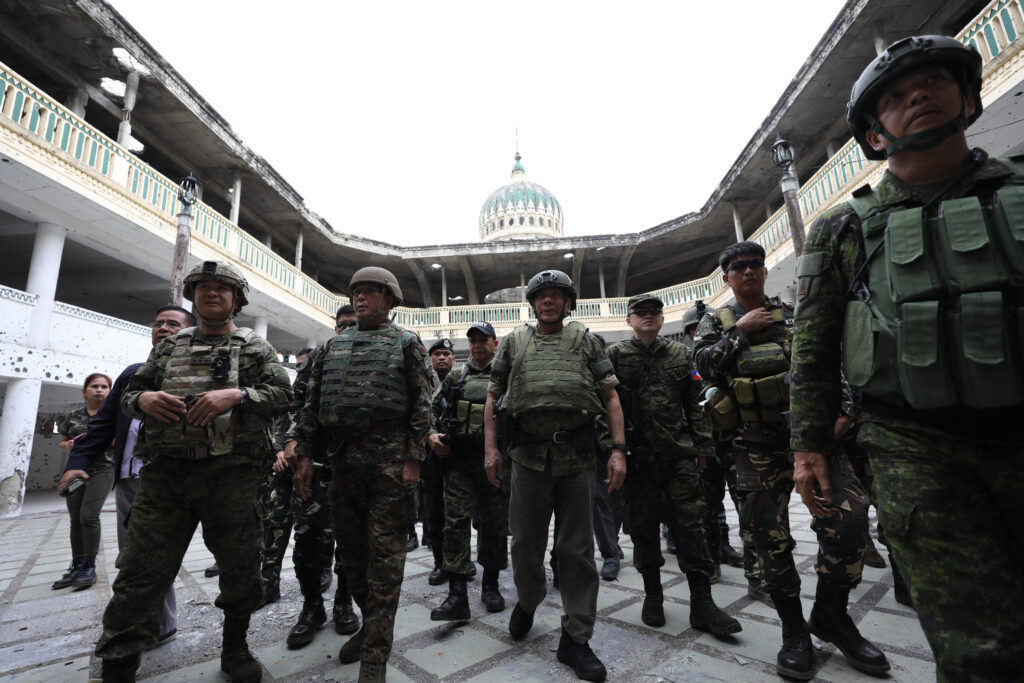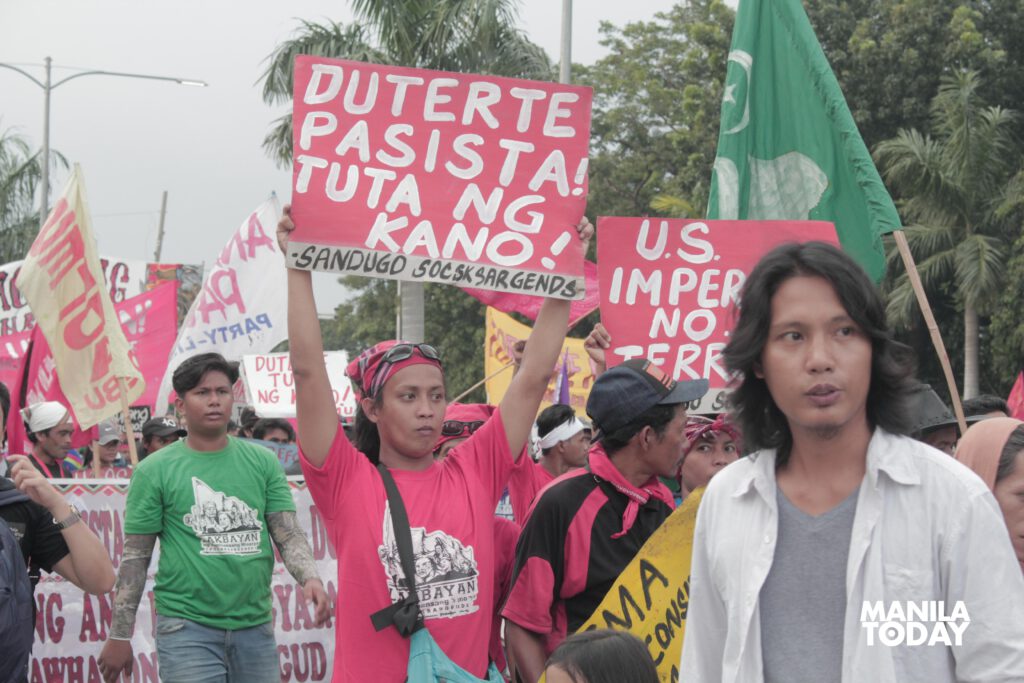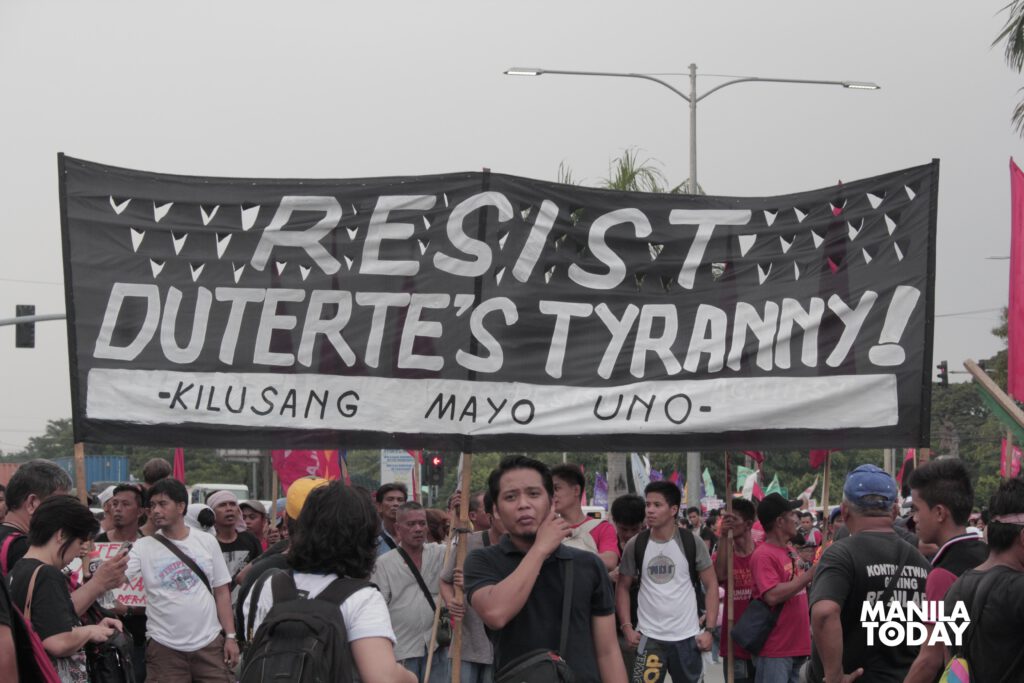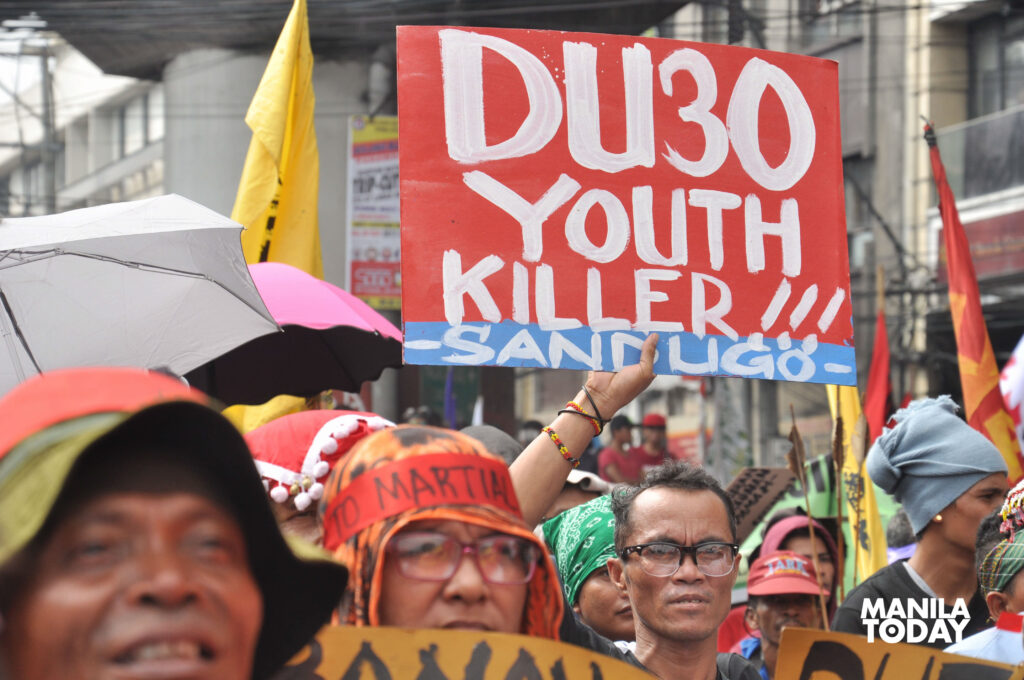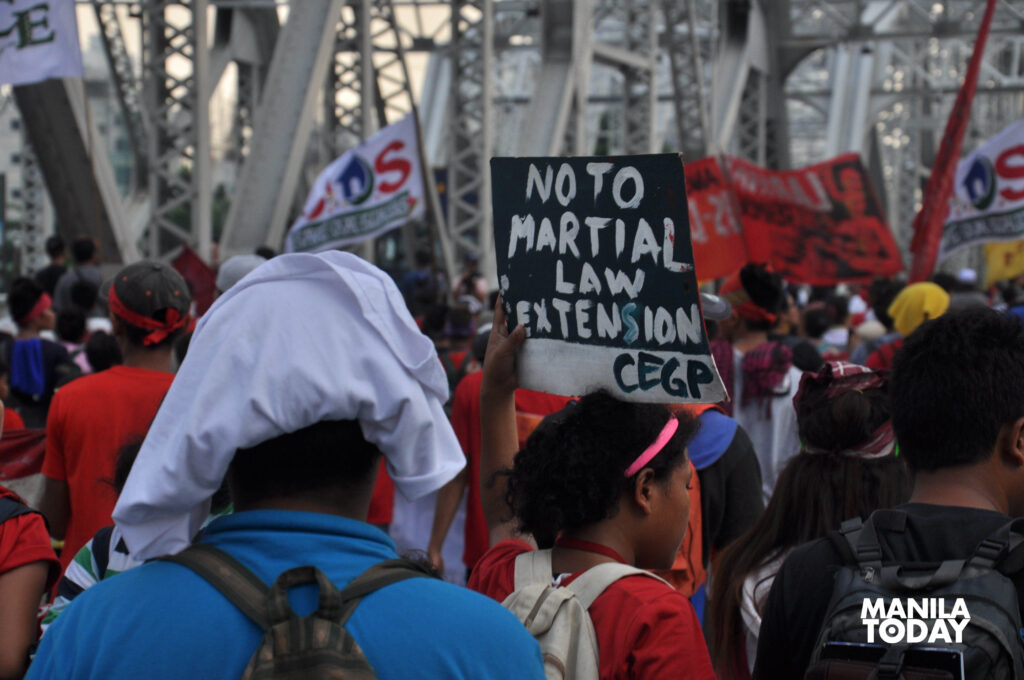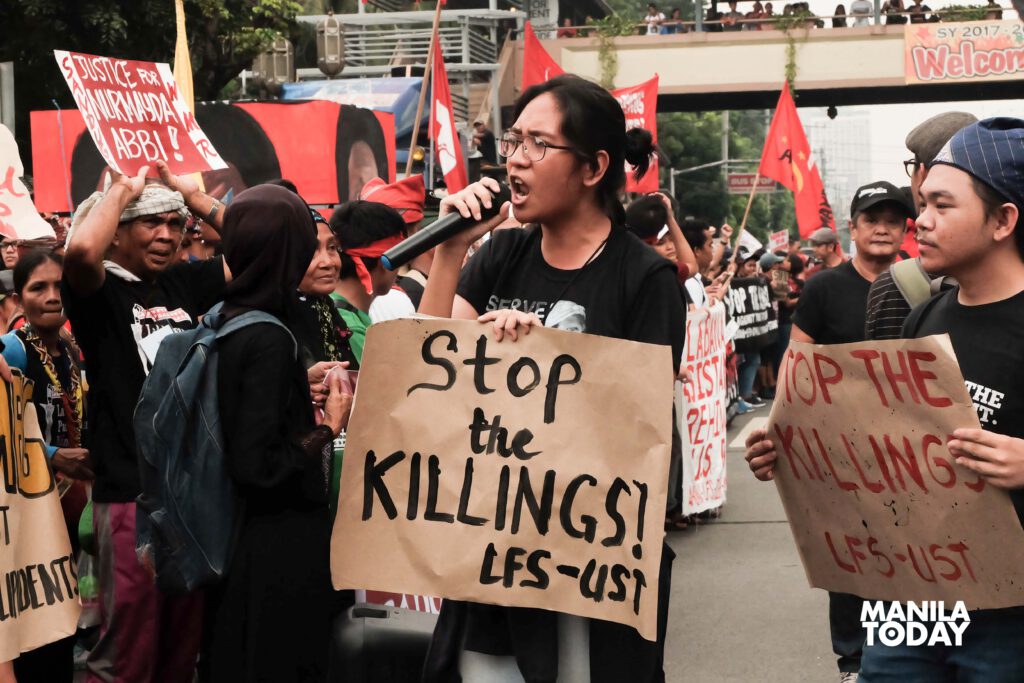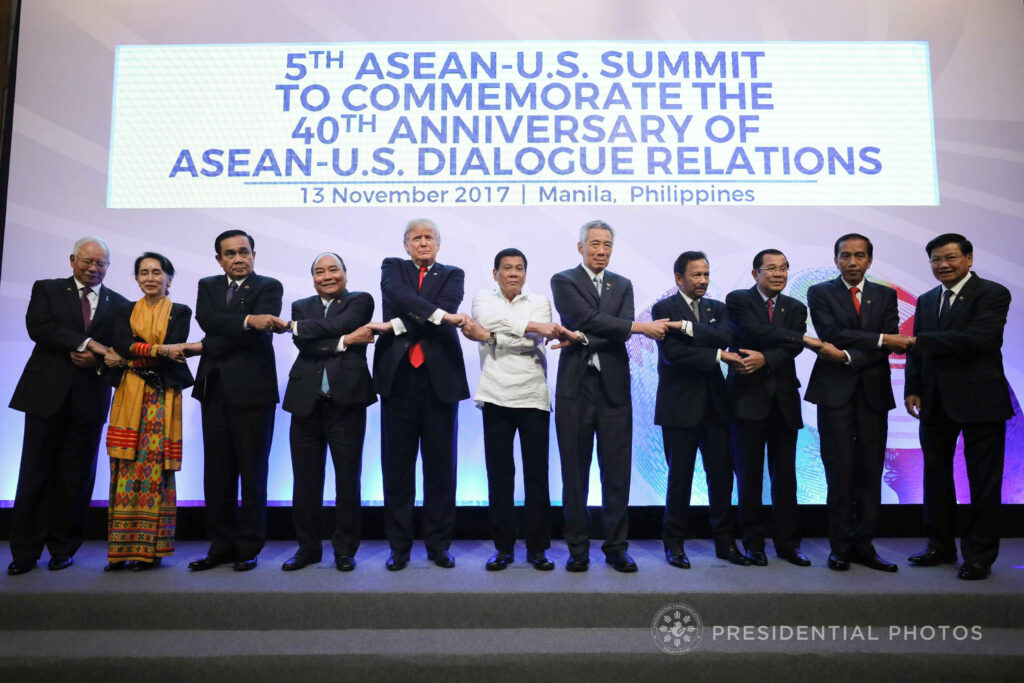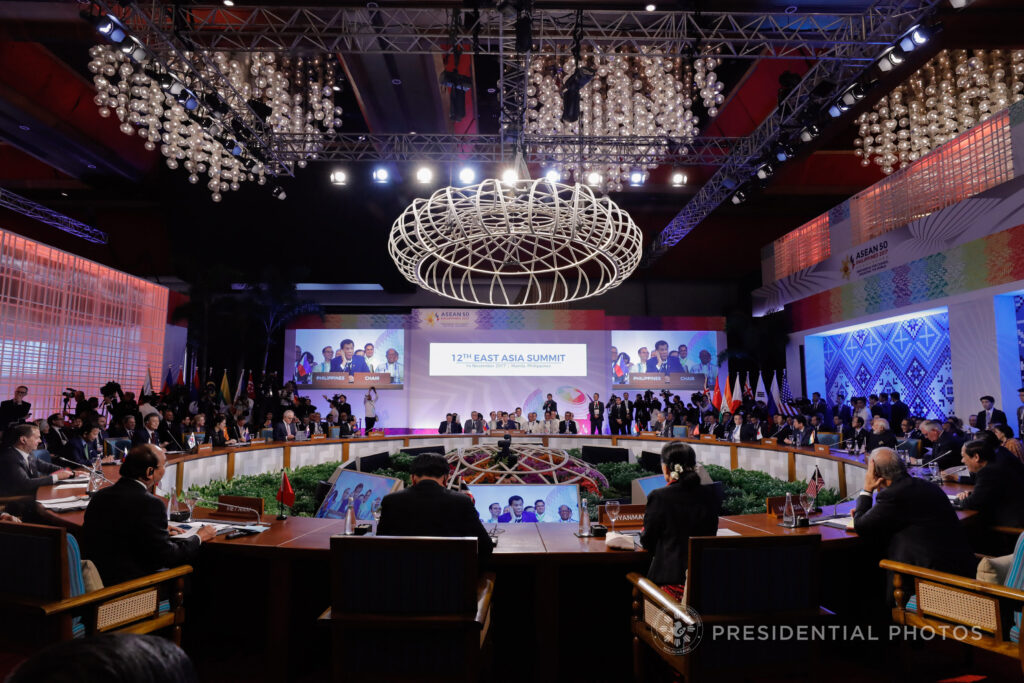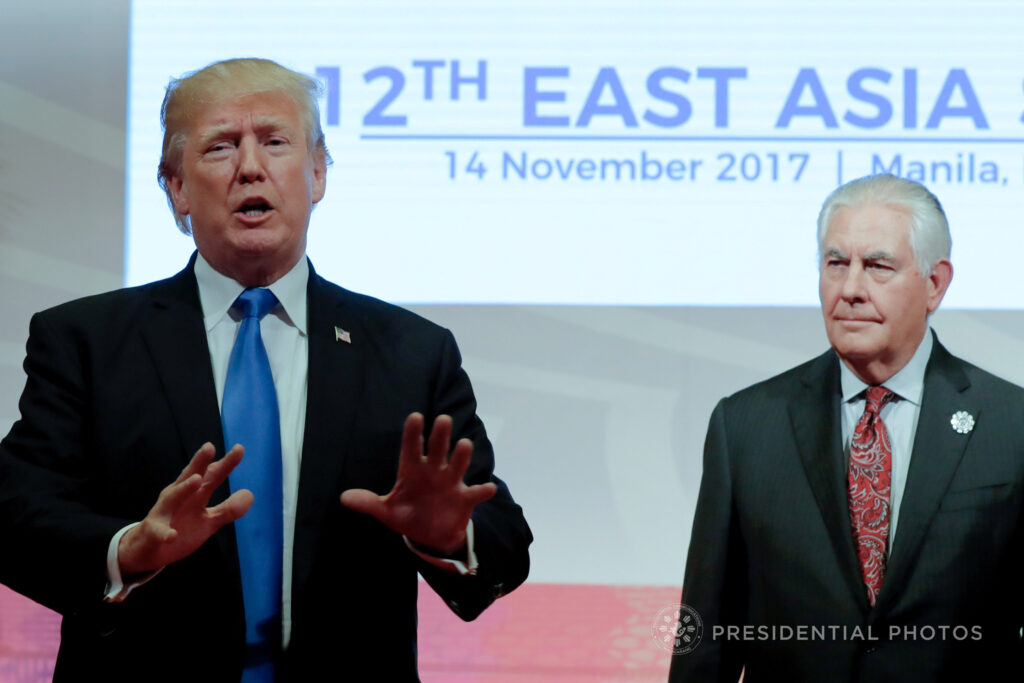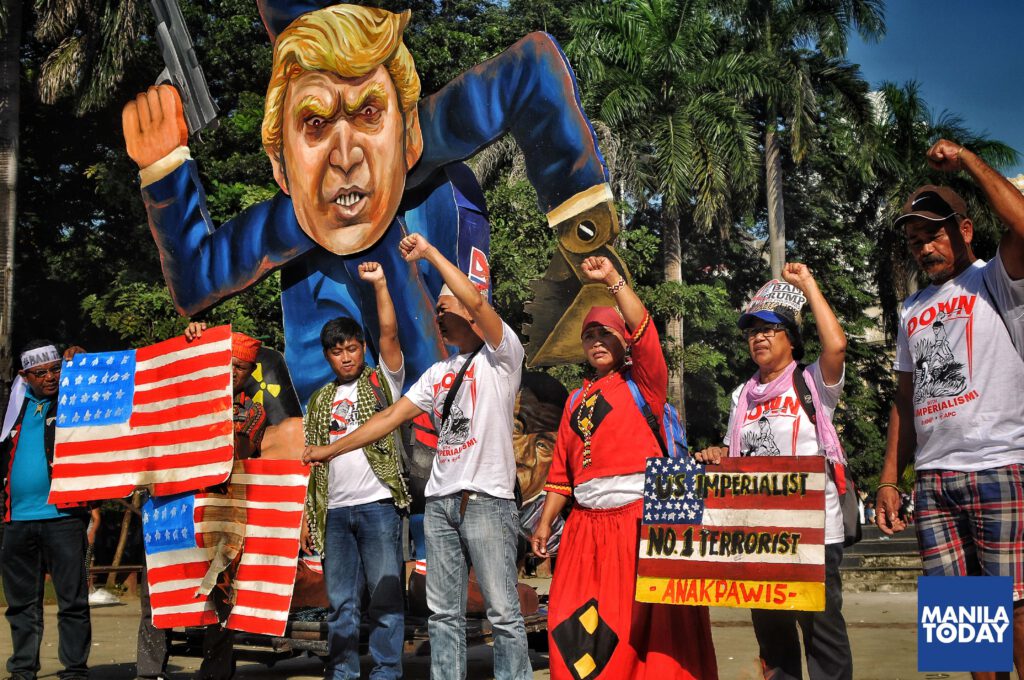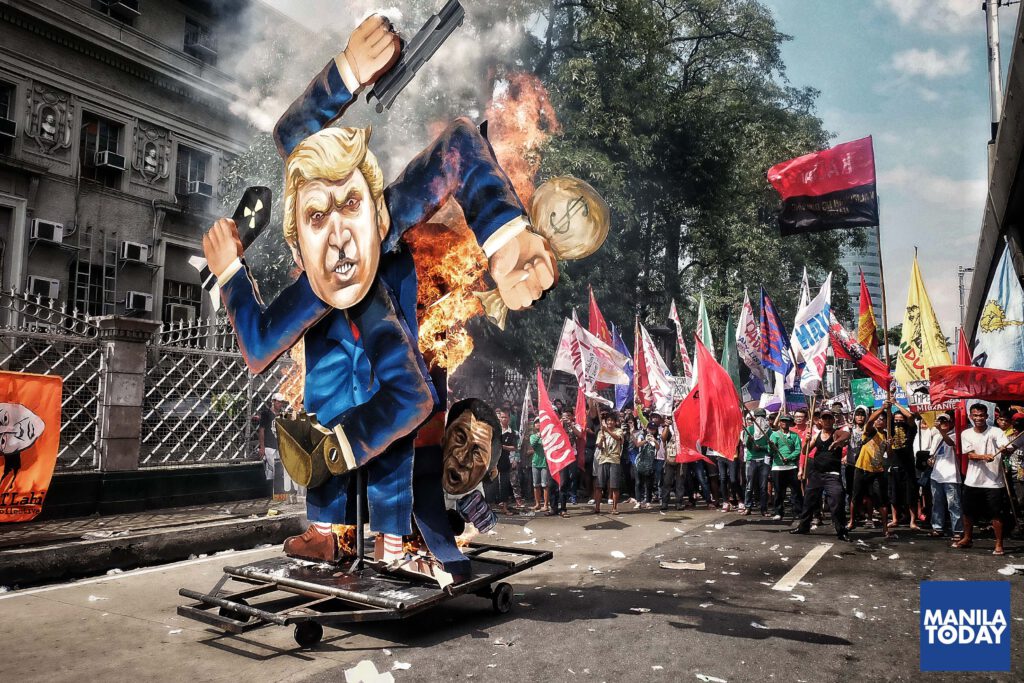Despite limitations, corporate rules restrictions and ‘news elements’ standards of the mainstream media in print, broadcast and new media arena, several causes and advocacies of various groups and people’s organizations made it to the headlines and banner stories this 2017. Various people’s issues were registered to the public through the corporate mass media in 2017.
But such landings and media hits vary on the content and messaging as they appeared on airwaves, social media analytics and print spaces on various circulations.
We must also keep in mind that these media institutions remain to be owned by corporations with their own vested business interests.
Nonetheless, the strong and ever-widening pressure of the mass movement and people’s resistance obliged these stories to be reported.
To wrap the year 2017, we compiled people’s issues that tilted the balance of being ‘news-worthy’ and at the same time significant to the best interests of the people. These issues further exposed the ‘anti-people, anti-poor and anti-national’ issues being confronted by the people under the present government as well as shone a light on the prevailing system and status quo. These issues became ‘news’ last year.
Here is the list of the ’10 Best Reported People’s Issues of 2017,’ based from the impacts made and reached by these stories in various media and new media platforms.
In time for Valentine’s Day 2017, former Department of Environment and Natural Resources (DENR) Secretary Gina Lopez showed love for mother nature as she ordered the closure of 75 mines for violations of various environmental laws.
This story made it to the headlines of major local daily circulations and broadcast news programs and drew praises from environmentalists and netizens, while it stirred contempt from big foreign mining companies and their local businessmen partners. Political analysts say this move of Lopez triggered her rejection as environment czar from the Committee on Appointments (CA) of the joint houses of Congress.
This ‘gift of love’ which Lopez ordered is part of her heightened campaign to stop extraction of resources and mineral explorations in sensitive areas, particularly in watershed zones. Prior to this, Lopez already shut down more than half of operating mines in the country.
After the rejection of Lopez’s appointment as DENR chief on March 3, she was replaced with former military chief Roy Cimatu as new secretary of the agency. A week after, mining operations continued. Cimatu already announced that he will still allow ‘responsible’ mining activities and he will be ‘moderate and calm’ in implementing the policies of the agency. Towards the end of the year, Cimatu removed the ban on open pit mining, even as Duterte kept on claiming he is against it and completely overturning any of Lopez’s effort to protect the environment from destructive mining.
The controversial rejection of Lopez by the CA has also been reported and alleged to be manipulated by mining firms using lobby money to convince lawmakers to ensure that Lopez would not be able to secure her appointment. The Chamber of Mines of the Philippines had already denied such accusations.
Aside from Lopez, the powerful Commission on Appointments (CA) had also rejected four more Cabinet secretaries in just a span of one year. In 2017, several Duterte appointees were also fired and some were asked to resign by none other than the president himself.
Just a few weeks before the rejection of Lopez, the CA already rejected former Department of Foreign Affairs (DFA) chief Perfecto Yasay Jr. over the issue of his US citizenship. The CA pointed out that he lied to the members of the commission when he said he was never a US citizen, nor is he a US passport bearer. Duterte’s running mate during the 2016 elections, Alan Peter Cayetano, replaced Yasay in the post.
In August, the CA rejected the appointment of former Department of Social Welfare and Development (DSWD) Secretary Judy Taguiwalo during her final confirmation hearing. Members of the CA tried to discredit Taguiwalo with her stand on the Conditional Cash Transfer program, national ID system proposal, tax reform package and her links with the Left. Despite criticisms from the members of the House who wants to acquire the social welfare fund from the department, Taguiwalo also remained determined and unmoved on her position against the unconstitutional pork barrel funds that some legislators continue to access in various executive department agencies, including her own, until the very end of her stay in the agency.
A month after, another Left nominee, former head of the Department of Agrarian Reform, Rafael Mariano was rejected again by the CA. Despite allegations from some members of the CA that he has been conniving with farmers groups, Mariano sees his rejection as “a move from landlord-dominated Congress” and that “it was the interest of the landlords and oligarchs that prevailed.”
The last to face the rejecting power of the CA in 2017 is former Department of Health (DOH) Secretary Paulyn Ubial. On her post-rejection interviews, Ubial insisted that “the CA is a political tool that will only benefit oligarchs wanting to stay in power.” She also said that “patronage politics in the country still exists” and that “doing things right is not always rewarded for now.”
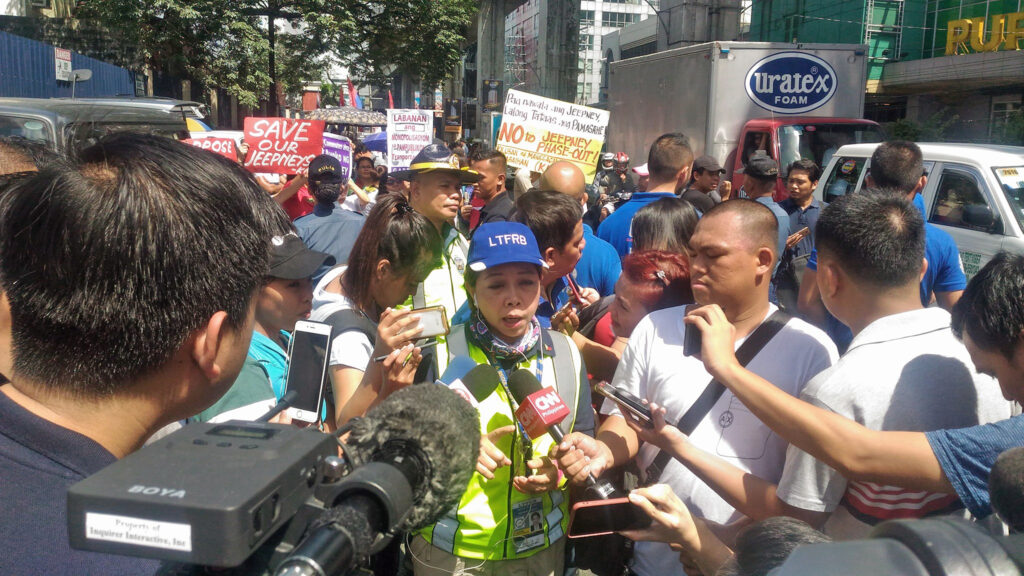
Transport protests and strikes in 2017 was among the much-awaited form of resistance last year. Since February up to the last quarter of 2017, transport group including Pinagkaisang Samahan ng mga Tsuper at Operators Nationwide (PISTON), No To Jeepney Phase-Out Coalition among others led several drivers and operators nationwide against the government plan to phase-out jeepneys and other public utility vehicles (PUV).
The October 16-17 nationwide transport strike marked the most successful protest in 2017 and also marked a clear stance of a beleaguered sector that earned the ire of the president himself. The two-day strike caused suspension of classes and paralyzed majority of jeepney routes in Metro Manila and more than twenty major urban areas nationwide
Various government agencies in their social media platforms were used as the arsenal for anti-jeepney strike, anti-PISTON propaganda, and various media commentators towing the line. However, streets were visibly empty of jeepneys as PISTON estimated its success to more than 90%–it can’t be helped for this to be reported.
The October transport strike was followed with the forcible and violent arrest of San Mateo on the afternoon of December 5 as the transport leader, as counsel and supporters are set to post a P4,000 bail before the Quezon City Trial Court. Despite harassments and filing of the Land Transportation, Franchising and Regulatory Board (LTFRB) of a Commonwealth-era ‘Public Service Act’ case against PISTON president George San Mateo. The arrest was also conducted in the height of President Duterte’s ‘crackdown threat’ against progressive groups critical to the government’s anti-poor and anti-people policies.
Prior to the reported arrest, PISTON and its allied organizations already cancelled the scheduled December 4-5 round of transport strike after transport groups heed the appeal and invitation of Senate Committee on Public Services Committee chairperson, Senator Grace Poe, for a senate hearing on the issue on the second week of December.
The unfolding of events regarding the jeepney phase-out continue this year as the implementation of the said project would be in full swing this 2018 and after President Duterte warned jeepney drivers that he himself would tow jeepneys starting January 1, 2018.
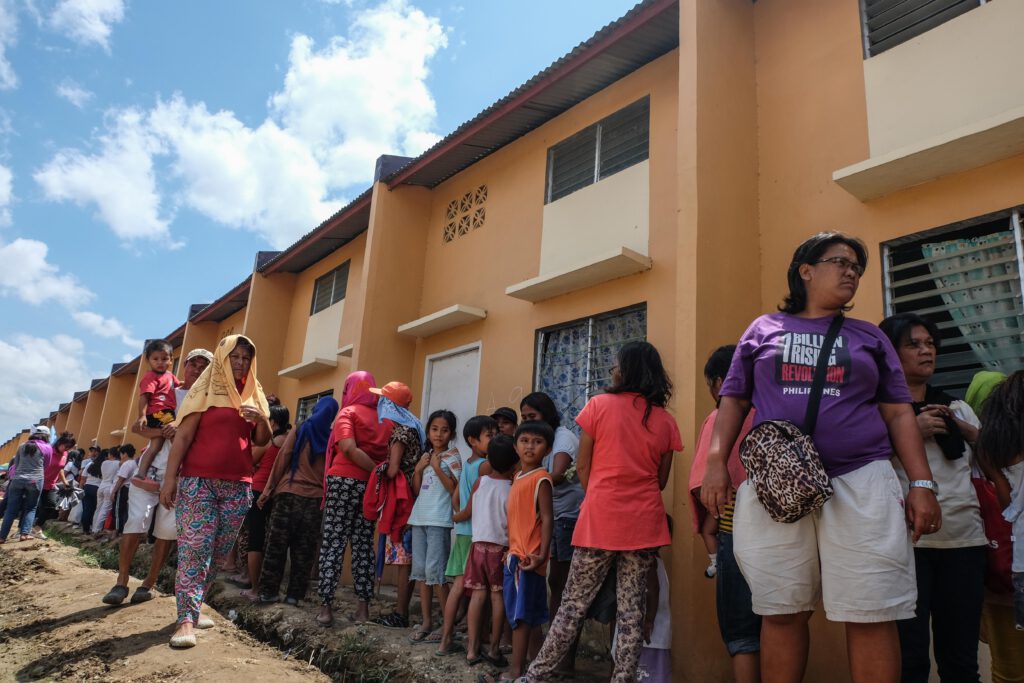
Aside from the harsh ‘word war’ of the president against members and leaders of PISTON, the urban poor sector and Kalipunan ng Damayang Mahihirap (Kadamay) also had a lot of engagements with President Rodrigo Duterte in 2017, especially after they were victorious in their militant and assertive take-over of more than 4,000 idle housing units in various government housing projects in San Jose del Monte and Pandi in Bulacan starting in March.
This action of Kadamay has been known popularly as ‘Occupy Bulacan.’
In time for the International Women’s Day, some 5,000 Kadamay members took over the said vacant houses allotted for members of the Armed Forces of the Philippines (AFP) and the Philippine National Police (PNP) but was never occupied and most remained empty and decaying for four years or more.
As militant as their action was the group’s criticism malicious reports and statements against them—where they were called mendicants, lazy and other stereotypes that have long been reused but unexamined. Many media outfits were pushed to probe deeper, such as finding out why the housing units were idle, how many housing units were idle in the whole country, why the poor cannot even keep up with P400 monthly payment for the government housing and many more.
Faced with numerous incidents and cases of harassments and threats of dispersal from various state forces and government agencies, Kadamay members and their supporters stood their ground and defended their occupied homes. Their collective action led to the awarding of the occupied housing units to Kadamay members.
One of the wars of the Duterte administration that the media focused in 2017 was the clash of government forces and the Maute group in Marawi City. This resulted to the May declaration of Presidential Proclamation No. 216 that placed the entire Mindanao under a 60-day martial law. It was later extended up to the end of 2017, and now up to the end of 2018.
The declaration also lifted the habeas corpus writ privilege in Mindanao.
This declaration was affirmed and deemed ‘constitutional’ by the Supreme Court on July 8 after various petitions questioned its legality. The high court even showed the way the President Duterte can legally declare a nationwide martial law.
The fighting in Marawi was extensively covered by the media, albeit from a distance. Reports were a-plenty, but did not generate the true stories and sentiments of the internally displaced Muslims. Some locals claimed the military controlled interviews. The Congress joint sessions were also extensively covered, but sparsely analyzed. It may altogether be an event too big for the media to digest, especially when their view of events have been limited. After the fighting subsided, local sentiments remained rife with resentment over the shelling of the historic Islamic city and a brewing resistance over a bigger historical injustice committed against the Moro and Mindanao people–that Duterte was prompted to preempt it with another year of Martial law. We have not seen the end of this story.

The death and August 26 funeral procession of the 17-year old Kian Delos Santos broke the silence on that time’s almost 14,000 extrajudicial killing cases in Duterte’s drug war. Delos Santos’ case became controversial after a CCTV showed him being dragged by police officers conducting an anti-drug operation in Sta. Quiteria, Caloocan City last August 16. The police version was that Kian had a gun and tried to fight, or the police scapegoat “nanlaban.” Kian’s autopsy showed that he was summarily shot, while witnesses heard Kian told the police “tama na po, may exam pa po ako bukas [please stop, I still have exams tomorrow].”
His killing also sparked series of protests against drug war killings, outpour support from church leaders and international humanitarian organizations that criticized Duterte’s ‘Oplan Double Barrel’ or ‘Oplan Tokhang’ campaign.
A month after Delos Santos’ death, around 1,200 elements of the PNP in Caloocan were all fired over allegations of crimes, brutality and abuses attributed to police forces. The entire membership of the police force in Northern Metro Manila were relieved of duty and undergone retraining and reorientation.
Caloocan City has been considered as the ‘epicenter of the Oplan Tokhang in the country.
Aside from this, Kian’s death also forced President Duterte to take his war on drugs away from the Philippine National Police (PNP), albeit only a breather from media bad publicity, and gave the ‘sole agency role’ to the Philippine Drug Enforcement Agency (PDEA) on October 11.
Two months after, on December 5, the Palace ordered the PNP helm the drug war once more, saying that PDEA lacks personnel. He further ordered the police, military and other law enforcement agencies to provide ‘active support’ to PDEA. Critics of the drug-related killings, human rights group and the Catholic Church slammed the said order and braced for nights of drug war terror as Duterte kept on saying in the past and up to the present he would eliminate all drug pushers and that there were three million of them. Drug war toll, including what the PNP separated as ‘deaths under investigation’, reached around 16,000 as of this writing.

A much-awaited press conference of the legislators belonging to the Makabayang Koalisyon ng Mamamayan (Makabayan) bloc in Congress happened on the afternoon of September 14 to announce that they will be leaving the supermajority coalition in the Lower House.
Representatives of Bayan Muna, Anakpawis, Gabriela, Kabataan and ACT Teachers made this decision over their disagreements on the drug war extra-judicial killings policy, and cancellation of the peace talks of the Duterte government among many other issues.
After bolting the majority coalition, Makabayan further vowed to form an ‘independent bloc’ in the House of Representatives.
According to them, the break up with the majority coalition and the break up from the informal alliance or support for President Duterte was their ‘defining moment of the year’ and that ‘they will never regret ever standing up for the rights of the poor, the marginalized and oppressed.’
On the other hand, the Palace said that President Duterte remains hopeful that Makabayan congressmen would remain open to working together with the administration, particularly on pro-poor and pro-people issues.
Outpour of the people’s outrage against the looming tyrannical and dictatorial rule of the Duterte government was highlighted by the protest last September 21, coinciding the 45th anniversary of the declaration of the first and only nationwide martial law in 1972 by then President Ferdinand Marcos.
The nationwide protest, dubbed as the ‘National Day of Protest’ were conducted by groups in various protest centers all over the country. The central protest was held along Roxas Boulevard in Luneta in Manila. The rally underscored the government’s implementation of drug war and the ongoing martial law in Mindanao.
Thousands of indigenous and Moro led by Sandugo also marked the culmination of their month-long ‘Pambansang Lakbayan ng Pambansang Minorya 2017’ in a protest march to Mendiola before proceeding to Luneta.
In Mendiola, they burned a huge interactive and interchangeable ‘Rody’s Cube’ effigy made by UGATLahi Artists Collective, which shows the different faces of the Duterte regime including images of dictators Hitler, Marcos and a lapdog, a play on the anti-Martial Law protest chant “Marcos, Hitler, Diktador, Tuta.” The image was among the most-used images in media in the country for weeks on end and also in international media.
Rally organizers Movement Against Tyranny (MAT) and Bagong Alyansang Makabayan (Bayan) said that the September 21 protest marked the start of a series of actions against the dictator rule of Duterte. Big nationwide protests were also held on November 30 (Bonifacio Day) and Decemeber 10 (International Human Rights Day) that carried the anti-fascist, anti-dictator themes as Duterte’s penchant for human rights violations and authoritarian rule further reared its ugly head.
Both the Duterte government and anti-US imperialism groups became busy during the last part of October and early part of November 2017 as the Philippines hosted the 31st Association of Southeast Asian Summit (ASEAN) Summit from November 10-12 and the 12th East Asia Summit (EAS) from November 13-14 in Manila. For the first time, US President Donald Trump held his state visit in the country to attend the said meetings.
Local and international media outfits gathered in the country to witness the hosting of the country of the ASEAN and EAS meetings and preparations for the Trump visit. According to media reports and government data, the Philippine government allotted a sum of P15.5-billion fund for the said preparations.
On the other hand, various groups also highlighted their preparations for their protests against the summits which they said would only benefit big foreign businesses and will cause further poverty for poor Filipino people.
Homeless residents who were camping in Mendiola slammed the multi-billion spending for ASEAN and EAS by holding series of protests at the gates of the Palace including the ‘homeless dinner protest,’ dispersal drill, and overnight vigils among others.
The international community also witnessed the daily mobilizations held in Manila and other pats of the country while ASEAN and EAS were being held. Highlight of the protests were the violent dispersals of the US Embassy and Taft Avenue rallies, and the burning of the ‘Trump Fascist Spinner’ effigy by UGATLahi Artists Collective last November 13 that were reported all over the world and included in a music video by NERD.

Closing the year 2017, a health issue affecting almost 800,000 poor Filipino children and their families exploded right at the face of our health officials all the way to the president, the current and the previous one.
On December 1, the DOH halted their school-based dengue vaccination program after the Dengvaxia vaccine manufacturer,Sanofi Pasteur announced that their product poses higher risks to people without prior dengue infection. The P3.5-billion project was approved and launched by then President Benigno Simeon Aquino III and then-DOH Secretary Janette Garin in April 2016 and was continued under the present administration.
Various groups including Gabriela Metro Manila and the Health Alliance for Democracy (HEAD) were the first to stage protest rallies at the head offices of DOH and Sanofi to demand accountability over the Dengvaxia fiasco which they said put to risk the welfare of the 800,000 children vaccinated. They also slammed the treatment to poor Filipino kids as ‘guinea pigs’ and ‘laboratory rats.’
Women and child welfare groups also launched ‘Dengvaxia Watch’ and hotlines (02-3535077) which they said will receive reports and complaints over the issue. They also filed mandamus petition at the Supreme Court and graft raps against Aquino and others at the Ombudsman last December 2017.
Media continued to report and probe and stories as each day a new discovery unfold or a new lie or half-truth is revealed and the issue take a different turn every day.
The ultimate lesson on how people’s issues may best be reported lies upon the strength of the mass movement itself. After all, the masses, not the tyrants, make history.


























